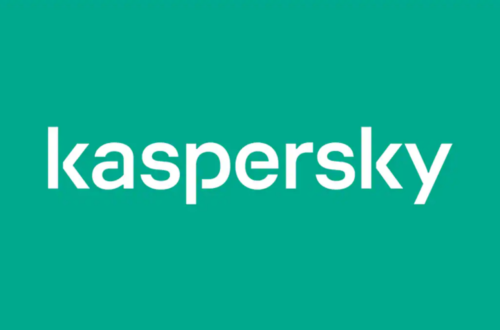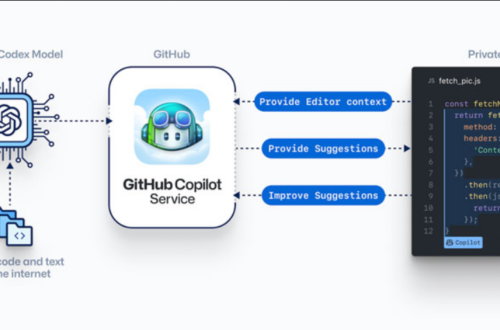Microsoft has introduced a new login option that allows Microsoft account holders to sign in without using a password. Instead, users can opt for alternatives such as the Microsoft Authenticator, Windows Hello, a security key, or a verification code. This passwordless sign-in feature is being extended to cover the entire suite of Microsoft applications. Microsoft, based in Redmond, Washington, has been advocating for passwordless sign-ins for several years. The initial introduction of passwordless sign-ins for Windows 10 in 2019 allowed users to replace their passwords with Windows Hello Face, Fingerprint, or PIN for logging into their computers.

In a recent blog post, Microsoft announced that all users now have the option to eliminate passwords from their Microsoft accounts. Users can choose to sign in using Microsoft Authenticator, Windows Hello, a security key, or by receiving a verification code via text or email. These alternative sign-in methods are applicable across all Microsoft apps, including Outlook, OneDrive, Microsoft Family Safety, and more. The blog post indicates that this update will be gradually rolled out to all users in the coming weeks.

Microsoft highlights the prevalence of password attacks, citing 579 attacks per second and a staggering 18 billion password attacks annually. The company attributes this vulnerability to both human and hacker nature, emphasizing the challenge of creating a secure yet memorable password. To facilitate going passwordless, Microsoft outlines the steps users should take. Users need to sign in to their Microsoft account, navigate to Advanced Security Options, select Additional Security Options, and then choose Passwordless Account. After enabling this option, users will follow on-screen prompts and approve notifications through the Microsoft Authenticator app.
It’s worth noting that Microsoft initially introduced passwordless sign-ins for Windows 10 in 2019, and in March of the current year, it extended passwordless sign-in capabilities to commercial users.





